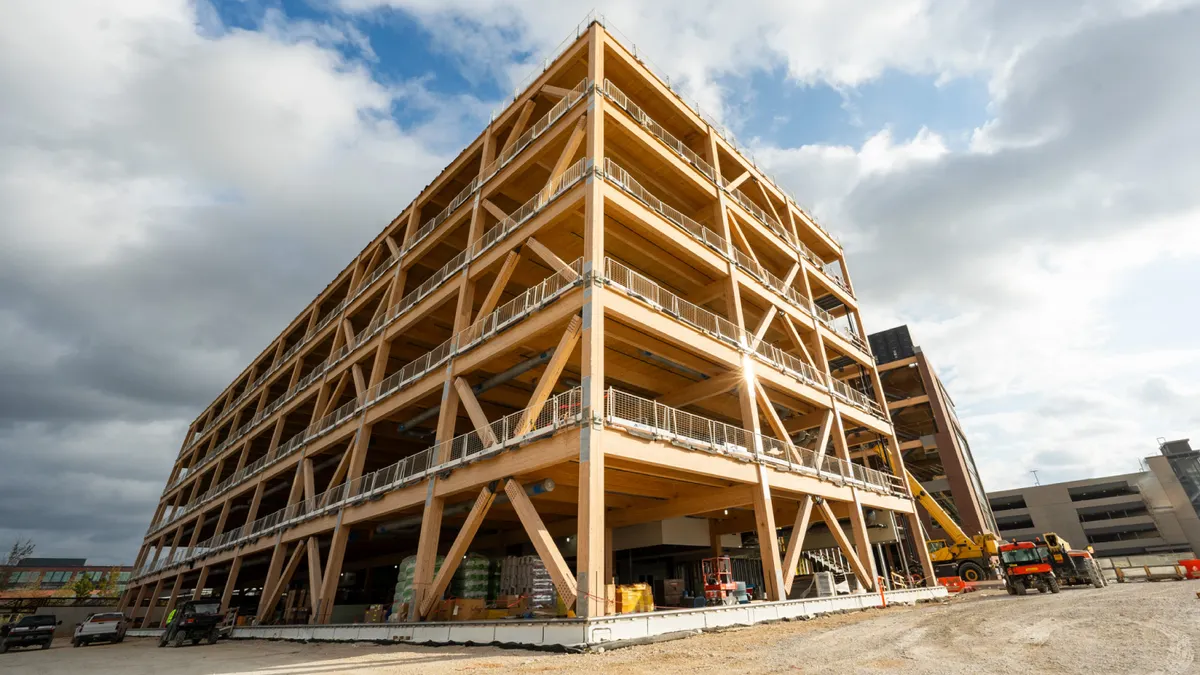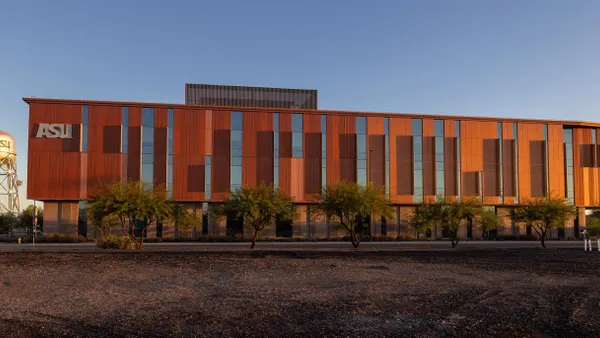Dive Brief:
-
At 1,400 feet, the Western Hemisphere’s tallest residential building in New York is about to be overshadowed by another, taller, more lavish apartment tower a few blocks away. That climb toward the clouds has spurred the city to consider whether the long shadows those skyscrapers cast over Central Park are harmful enough to stop the upward growth.
-
New York is the latest city to study the impact the shadows of megatowers have on the public’s ability to enjoy public parks. The Washington Post reported that San Francisco, Boston, Washington, DC, and Toronto also have struggled to find a balance between building skyward in an effort to fit more housing into already-crowded urban hubs and the need for light on the ground below.
-
The New York City Council is considering creating a task force to study the impact of those shadows. Boston’s council has more than once proposed banning buildings that cast shadows on public parks. San Francisco has a “sunlight ordinance” enforced by the parks commission, which reviews the shadow impact of any proposed building taller than 40 feet. Washington doesn’t allow new buildings to block the sun from shining on the solar panels atop their neighbors' roofs.
Dive Insight:
The tug-of-war between the need for room to grow and the need for sunlight on the ground isn’t just a fight for billionaires who want spectacular views from their sky-high apartment windows. In New York and Boston, for example, city leaders have proposed tens of thousands of units of affordable housing, and would find room for it by allowing the construction of taller buildings.
Supertalls, as they’re sometimes called, are “a stark reminder that the new growth needed in healthy cities can come at the expense of people already living there,” The Post noted.













